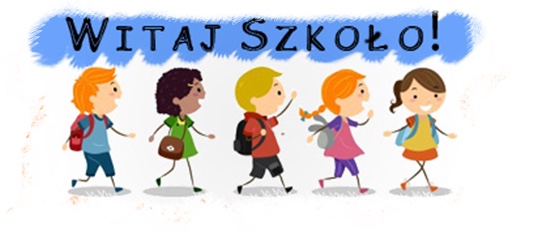What is new in Poland’s education system? Posted by Kasia on Aug 27, 2017 in Culture
Despite the protests of teachers, parents, and local authorities, the Polish government decided to reverse the education reform (reforma edukacji) of 1999, bringing Polish schools back to a two-level education system.
According to Minister Anna Zalewska structural changes are the remedy to all the problems the education system is facing. Her critics – groups of parents, teachers and local authorities – are protesting the reform as incomprehensive (niekompletna) and costly (kosztowna). Moreover, they say the reform has been introduced too rapidly and does nothing to address the problems the system was facing. Some of the problems it doesn’t touch upon are out-of-date equipment, insufficient funding for teachers’ professional development and the underfinancing of compensatory lessons for pupils that underperform.
The 1999 education reform had three main aims: to improve the quality of education, reduce the inequalities between children living in villages and cities (or those coming from more or less privileged environments), and increase the number of citizens with secondary and higher educations.
Even though many experts and pedagogues were skeptical about the reform and its speed in the beginning, the changes brought important improvements over the last 17 years.
One unquestionable success of the education reform was the significant improvement of Polish pupils’ performance on the international PISA (Program for International Student Assessment) tests – the most widely discussed quantitative assessment of the quality of education.
The results of the tests improved between 2000 (with a cohort that was educated within the old system) and 2006, rising from below OECD average to the ninth best in the world.
In 2012 Polish teenagers performed just as well as teenagers from Finland, Canada, and Netherlands in math. Analysts and experts agree that the major factor that contributed to Polish pupils’ improved test scores was the extension of general education for all pupils by one year. In the public view, however, gymnasia are often seen as a cause of persisting inequalities and student segregation, disciplinary problems, and out of date curriculum that does not develop the skills needed in the information age.
In their electoral campaign, PiS proposed a remedy for Poles’ dissatisfaction with the way the current education system was working. Just a few days after the new government was sworn in, the new Minister of Education, Anna Zalewska, announced her plans to revert back to the pre-99 system.
In one of the new government’s first actions, before it began planning the reversal of the ‘99 reform, it canceled the previous government’s decision to accelerate compulsory schooling. A reform introduced in 2013 by Platforma Obywatelska (PO, Civic Platform) led to the gradual lowering of the start of compulsory full-time education in primary school from 7 to 6 years.
Before 2014, parents decided about the admission of six-year-olds to grade one of primary school. In 2014, only six-year-olds born in the first half of 2008 had to start education. From 2015, all six-year-olds commenced compulsory schooling.
When the idea of sending five-year-olds to the reception class was introduced, opinions were strongly divided. Enthusiasts of the reform maintained that in most European countries children start compulsory education at six, if not younger. However, skeptics pointed out that schools and teachers are not prepared to admit such young kids.
In 2016, without consulting the public, PiS abolished the decision, which took PO years to implement. Six-year-olds could only attend the first class, if they got clearance from a psychologist.
This was just the beginning of the “reverse education revolution” PiS promised. The biggest change is coming this year when the pupils who are currently attending the sixth grade of the primary school, instead of advancing to gymnasium (like the class ahead of them), will stay in the same school for the following two years.

Build vocabulary, practice pronunciation, and more with Transparent Language Online. Available anytime, anywhere, on any device.




